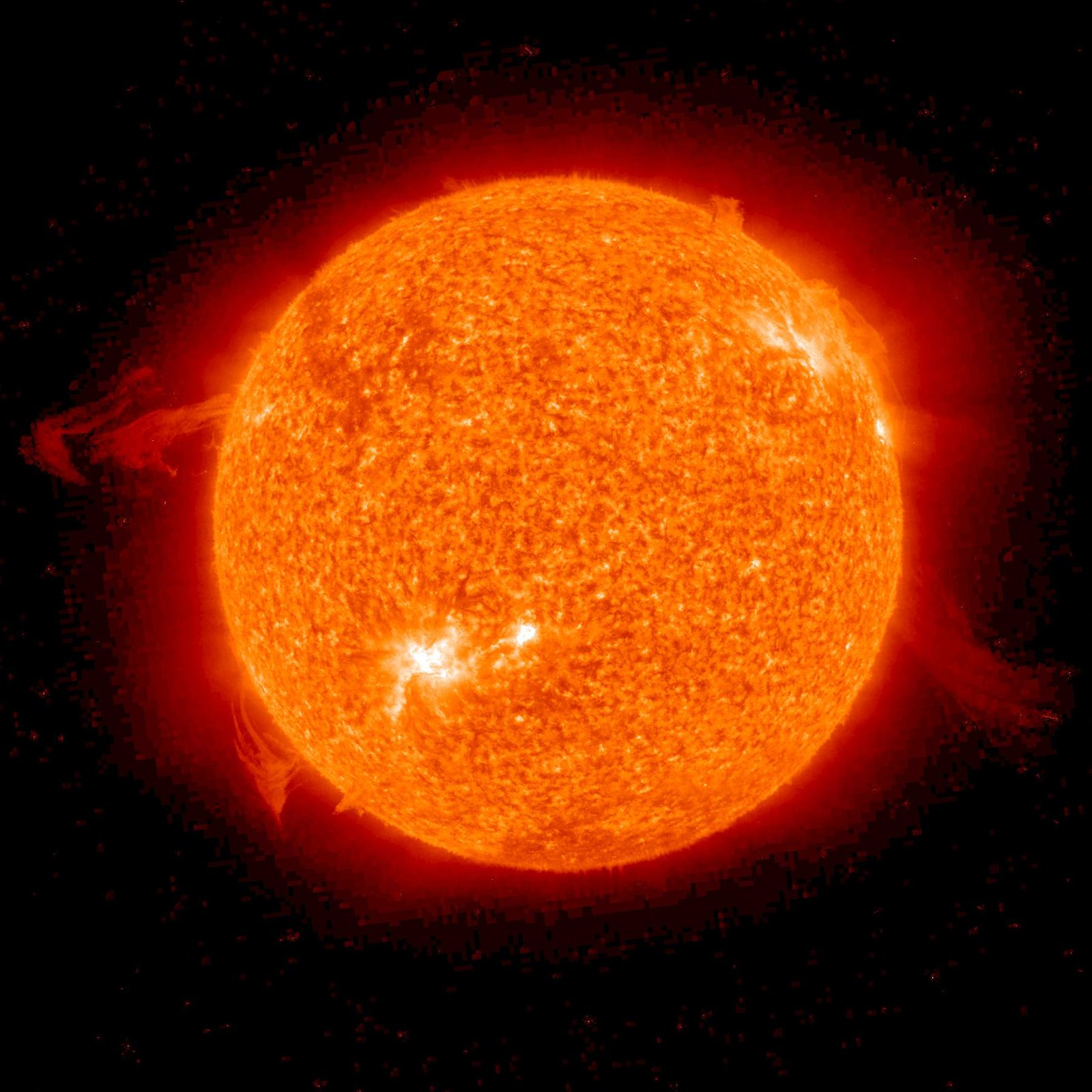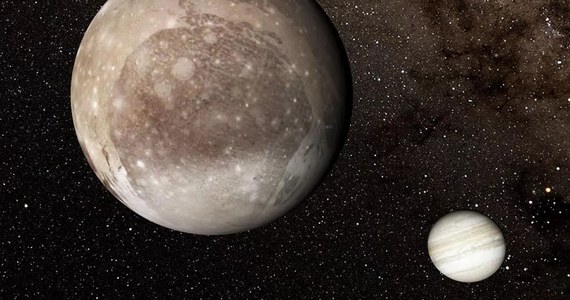To model the flares, team members used a device that converts bursts of electricity into rope-like rings of plasma. The goal of these experiments was to better understand the X-rays and energetic particles moving through the solar system.
Read also: The sun does not rest! Another magnetic storm is coming
They write about how the research was conducted and the conclusions the authors reached natural astronomy. The team is led by Yang Zhang of Caltech, who explains that while solar observations can detect high-energy particles and X-rays, they cannot reveal the mechanism involved in the formation of flares.
By reproducing the entire phenomenon under controlled conditions, it is possible to note the factors that drive it. Thanks to Paul Bellan of the California Institute of Technology, a device has been created that allows the generation of structures known as coronal loops. These extend along magnetic field lines and extend deep into the sun’s corona. Their presence appears to be related to the increased activity of our star.
Solar flares generated in laboratory conditions allow us to better understand those that occur on the Sun
Equipped with gas nozzles, electromagnets, and electrodes placed in a vacuum chamber, the device can produce miniature versions of solar flares. First, the scientists activated an electromagnet to create a magnetic field in the vacuum chamber, then forced the gas inside. The next step was to use electrodes to generate strong electrical discharges on the millisecond scale. This ionized the gas and turned it into a plasma, forming a ring bounded by the magnetic field.
Most importantly, the duration of each loop is only 10 microseconds. As for its size, it is about 20 cm long and 2 cm in diameter. Thanks to high-tech cameras, it is possible to track the formation time, structure and evolution of a single ring.
If you separate a piece of rope, you will see that it consists of braids of individual strands. Stretch these individual strands and you will see that they are braids of smaller strands, etc. Plasma rings seem to work the same way. Zhang explains
Read also: Where the sun shines, Starlinks go down. Our star slaughtered Elon Musk’s moons
The filaments that make up the plasma are also responsible for the X-ray bursts. Plasma is a strong conductor, so current flows through the rings, but from time to time its capacity becomes insufficient. Then instability sets in and individual filaments begin to break, putting pressure on the others and generating an X-ray blast. Similar conditions appear to occur on the Sun, though of course on a much larger scale.

Echo Richards embodies a personality that is a delightful contradiction: a humble musicaholic who never brags about her expansive knowledge of both classic and contemporary tunes. Infuriatingly modest, one would never know from a mere conversation how deeply entrenched she is in the world of music. This passion seamlessly translates into her problem-solving skills, with Echo often drawing inspiration from melodies and rhythms. A voracious reader, she dives deep into literature, using stories to influence her own hardcore writing. Her spirited advocacy for alcohol isn’t about mere indulgence, but about celebrating life’s poignant moments.










